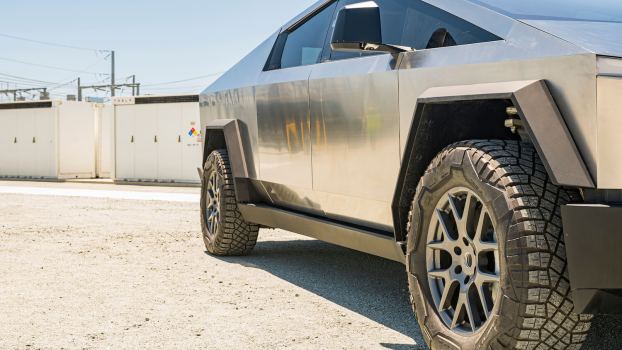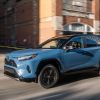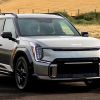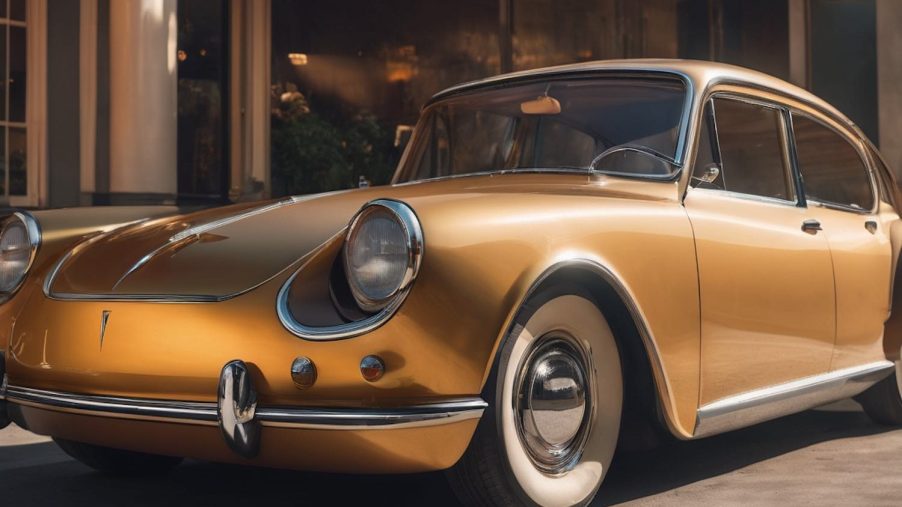
Tesla Model 2 May Be the VW Beetle of the 21st Century—So We Sure Hope It’s as Cute
What’s the most popular car of all time? That depends who you ask.
Toyota will tell you that with 50 million units sold, the Corolla nameplate is the world’s most popular. Volkswagen would argue that the Corolla has evolved, but the world bought 21 million Beetles, nearly unchanged from the original design. Ford would admit that though 15 million Model Ts didn’t beat either numbers wise, nine out of ten cars on the planet were Fords in 1914. And that’s a feat no one has replicated.
But it seems Tesla plans to beat all three: the Corolla’s sheer numbers, the VW Beetle’s design longevity, and the Model T’s market saturation. Elon Musk is dreaming of selling 300 million units of his next car. And industry experts think he just might pull it off. How? A combination of revolutionary manufacturing techniques and a future-proof powertrain configuration.
If the next Tesla is the VW Beetle of the electric era it will be an icon for generations. So we sure hope its cute. And it just might be.
The Tesla Model 2 could be the next VW Beetle
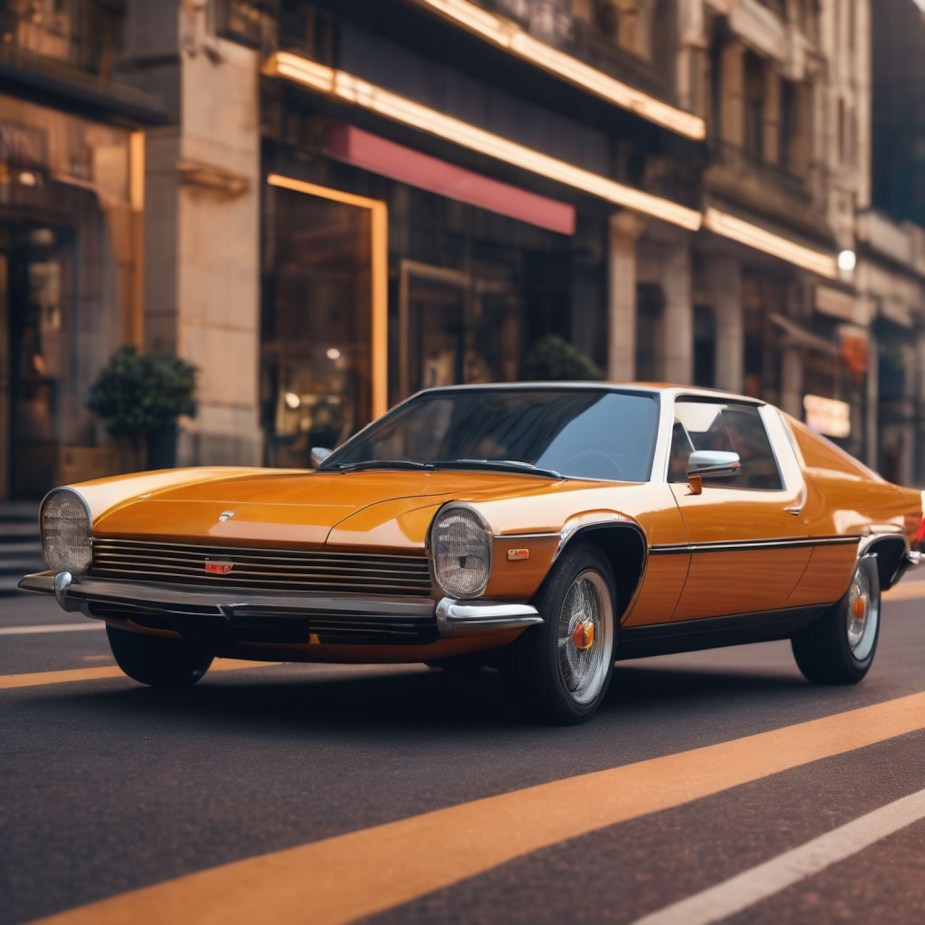
In a recent interview, automotive industry veteran Sandy Munro laid it out for Elon Musk. He pointed at the Cybertruck and said, “That vehicle is like 100+ grand. I think that’s the right price for that, but it’s not the right price for the kid that wants to take one to college…what is it that can be done for those others that want to get into electrification?”
The Tesla CEO’s eyes lit up. Since he joined Tesla, he has said he plans to start with an upmarket vehicle (the Roadster) to pay for the development of mid-market vehicles (Models S, 3, X, and Y) which will in turn pay for the development of a mass-produced, entry level vehicle. And Tesla is marching ahead with this plan.
While the Cybertruck is an upmarket detour, its development pioneered technologies critical to an entry-level Tesla. The first is a cheaper battery, fully built in-house. The Cybertruck development also fine-tuned Tesla’s induction motor which doesn’t require costly rare earth elements. Finally, the new chassis is Tesla’s first with an 800-volt charging system.
Lithium-ion batteries are heavy and expensive. The EV the world needs an efficient (low kW/mile) compact that charges quickly. Eight hundred volts is the pinnacle of the industry, and Tesla is finally making the transition. In foreign markets without many chargers, this vehicle might need a big battery pack. But in the developed world, with plentiful DC fast chargers, this vehicle could have a small battery making it even cheaper and more efficient.
The Model 3 can drive cross country while offering seven minutes of driving time for every one minute of charging time. This means that every 20-30 minute charging break adds three or more hours of drive time. Those numbers do the trick for most road trippers. But the “Model 2” could blow them out of the water.
Musk has thrown around a $25k MSRP for this new vehicle. And on a March 1st 2022 investor day call, the company projected a 300 million vehicle global market cap for this next car. But during the Munro interview, Musk said he couldn’t legally talk about price or production numbers for an upcoming vehicle. What he could talk about was production techniques.
Teslas next revolution will be how it builds cars
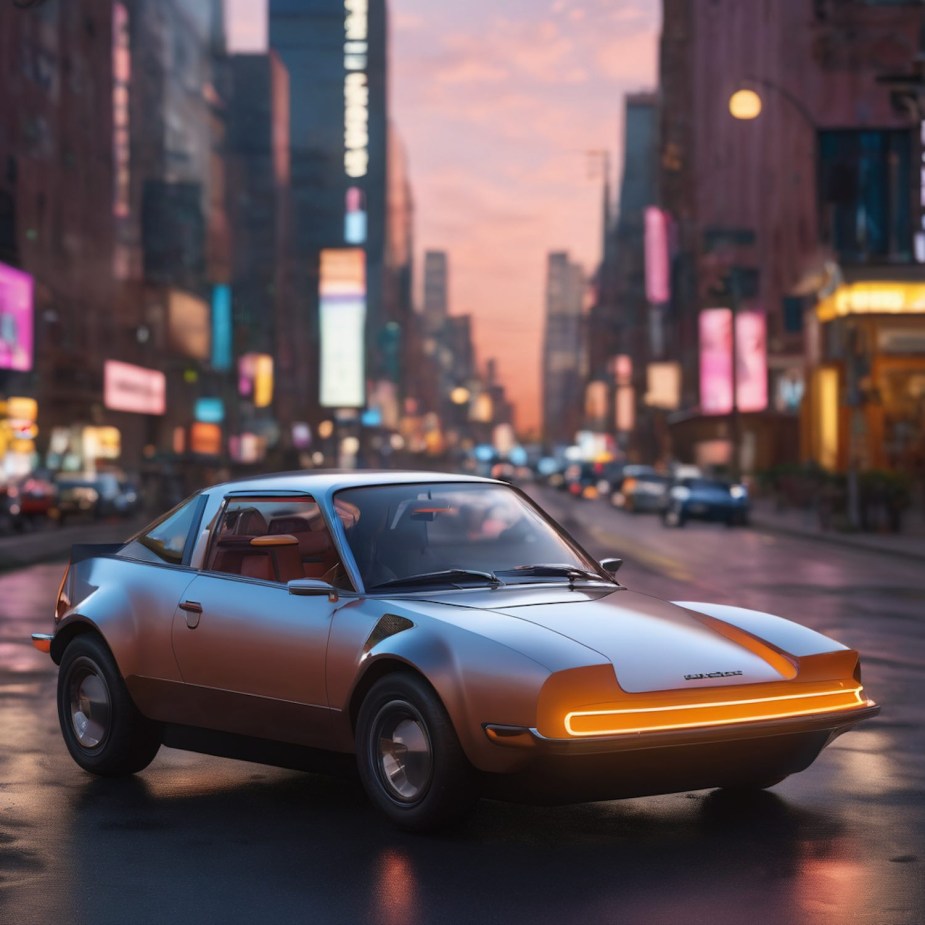
Some new production technologies have Elon Musk very excited. He said the folloiwng:
We are working on a low cost electric vehicle that will be made in very high volume. W’ere quite far advanced in that work. You know, I review the production line plans for that every week. And I think the revolution in manufacturing that will be represented by that car will blow people’s minds. It’s not like any car production line that anyone’s ever seen.
Elon Musk
So what does all that mumbo jumbo mean? Five separate sources close to Tesla told Reuters that the company is working on a way to cast the entire underbody of the next car in a single “Gigapress” machine. While the majority of the car is being stamped as one piece, separate teams will assemble several sub-assemblies. Instead of an assembly “line” there will be a single point where a few pieces snap together to make a complete car.
It’s hard to communicate how much this invention would revolutionize automaking, and could drive the cost of cars down. Terry Woychowski, president of U.S. engineering company Caresoft Global, said, “It is an enabler on steroids. It has a huge implication for the industry.”
There are multiple huge hurdles Tesla must overcome to achieve what it calls “unboxed” assembly. We’ll have to see when this system actually debuts. But if the past is any indicator, betting against Tesla’s ability to find a way is foolish.
Elon Musk says he will debut the new system in Austin, Texas. Later, he’ll stand up the new factory in Mexico with this revolutionary new system, to reduce vehicle prices even further.
Let’s hope the next Tesla looks good
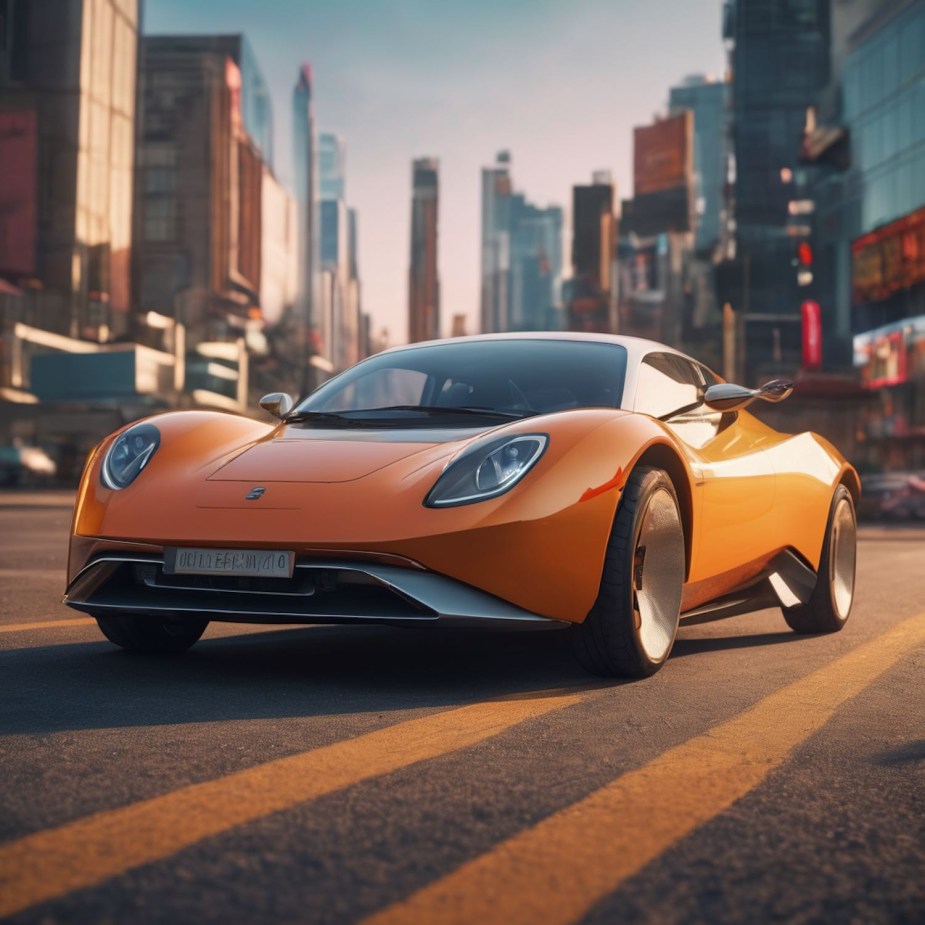
I’ll be blunt. I don’t think Tesla’s past models look especially great. A sort of seamless, white, futuristic aesthetic was pioneered in George Lucas’ THX 1138 and later adopted by Apple. It became the default aesthetic across Silicon Valley with the success of the iPod. And Tesla’s first five models fell right in line with it. But this reductionist aesthetic is, frankly, uninspired. I’d call it the “default” future.
I am not personally a huge fan of how the Cybertruck looks. But its cyberpunk aesthetic is at least a different vision of the future. You might call it 1980s retro-futuristic. If we can go back to the 1980s, and embrace the future as it was imagined then, the sky is the limit.
I say this because the VW Beetle encapsulated a 1940s art deco retro-futurism. And it kept that alive until the final VW Beetle rolled off a Mexican assembly line in 2003. The next Tesla car could embrace a 1940 retro-futuristic style, or the 1970s, or a different take on the 1980s. You can see various concept cars I mocked up in an AI generator throughout this article.
If Tesla can truly make 300 million entry-level EVs for less than $25k each, the look it chooses will have a major impact on the look of the world for decades. I hope it continues what it did with the Cybertruck and chooses a unique, attractive take on the future.
Learn more about Tesla’s revolutionary manufacturing techniques in the video below:
